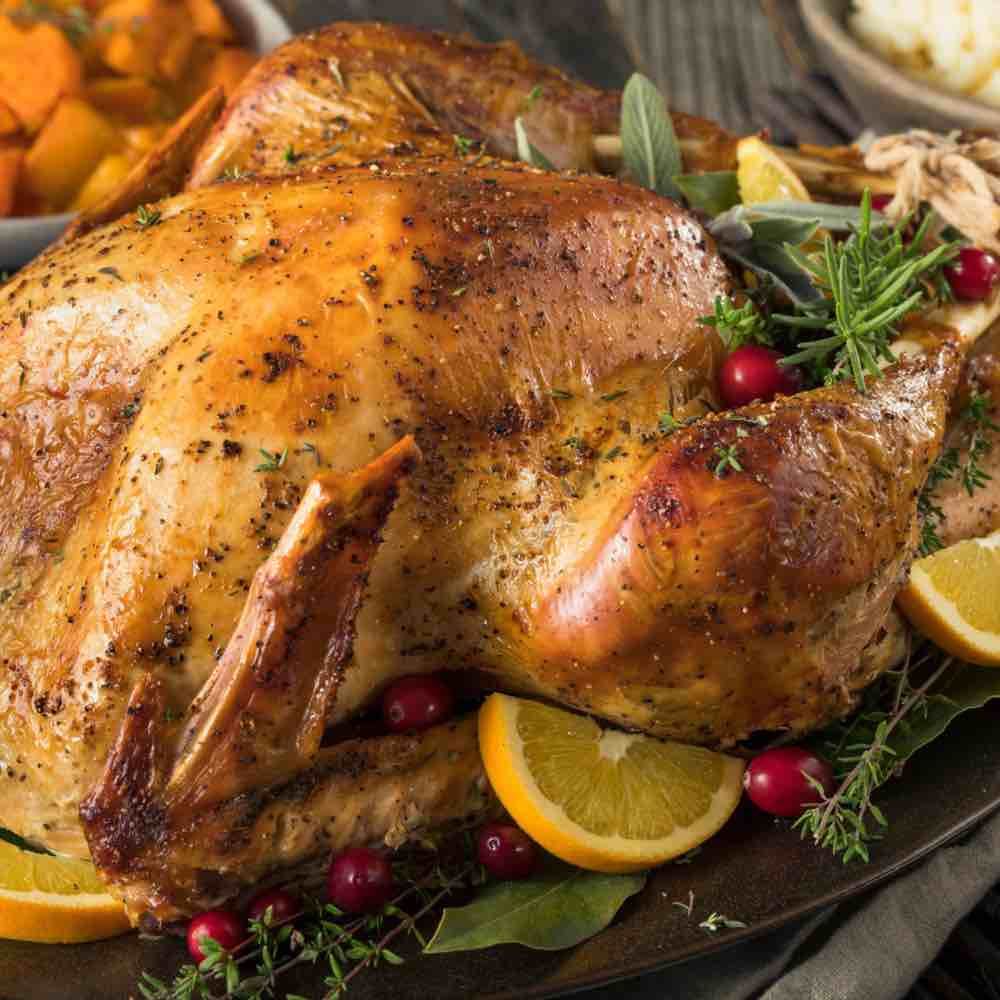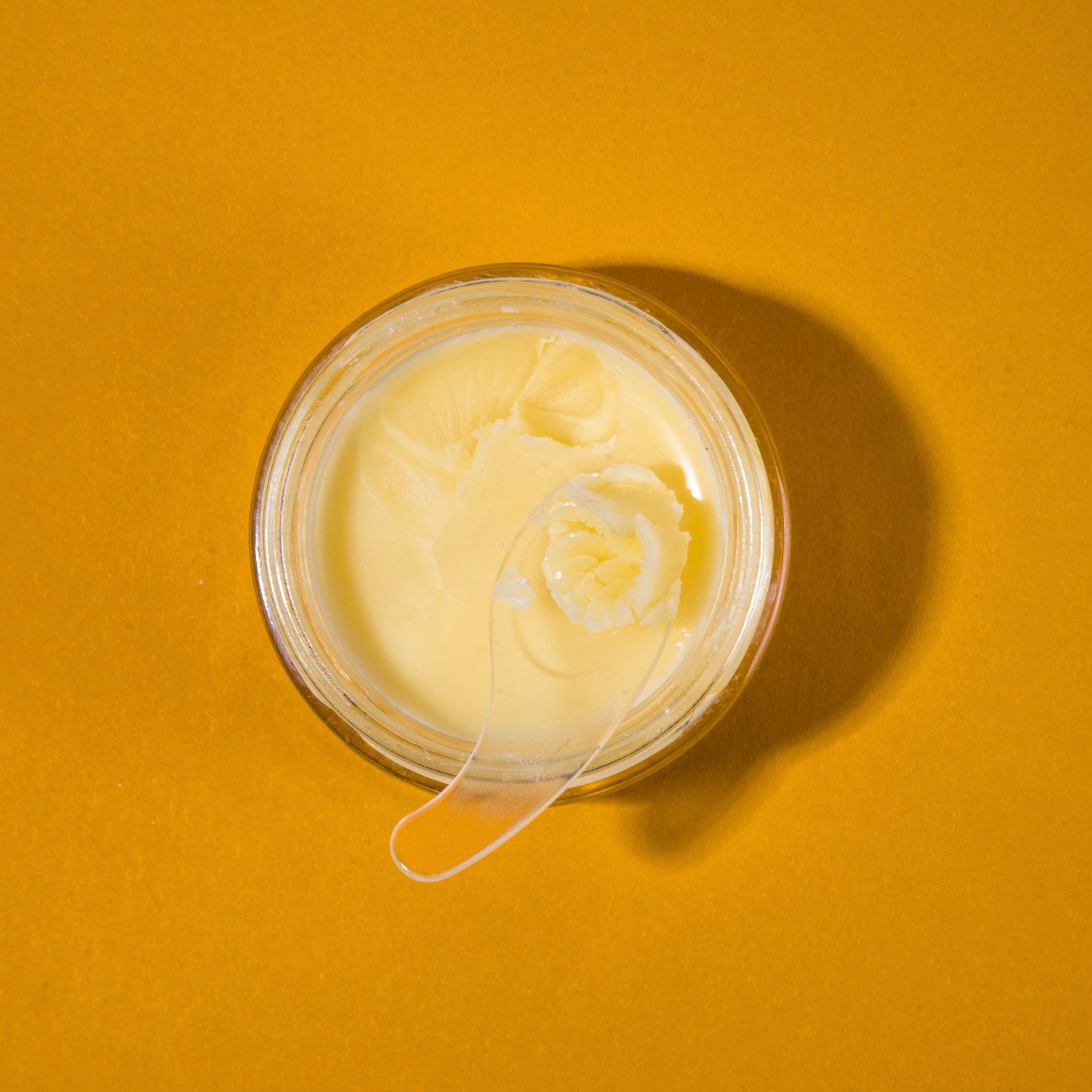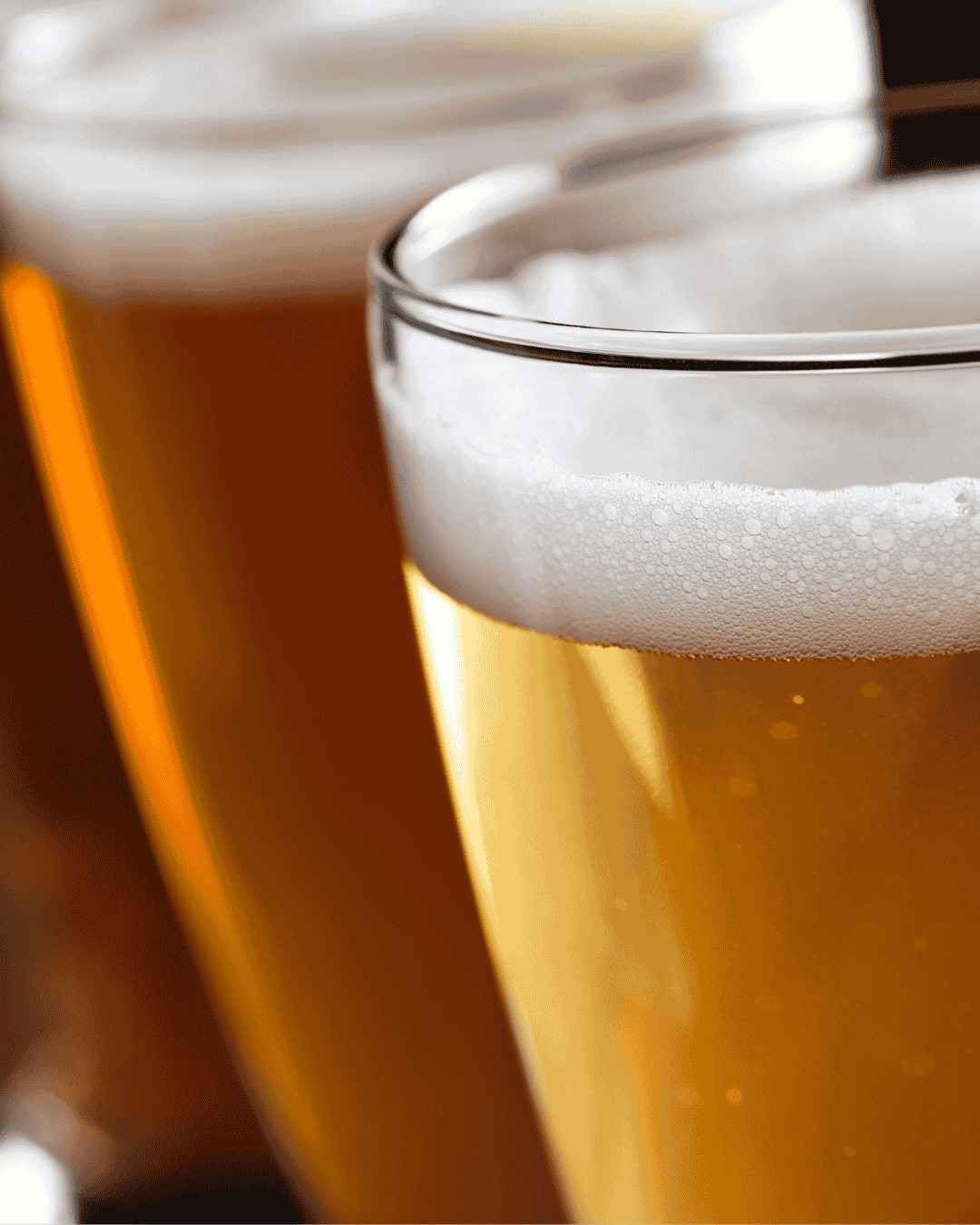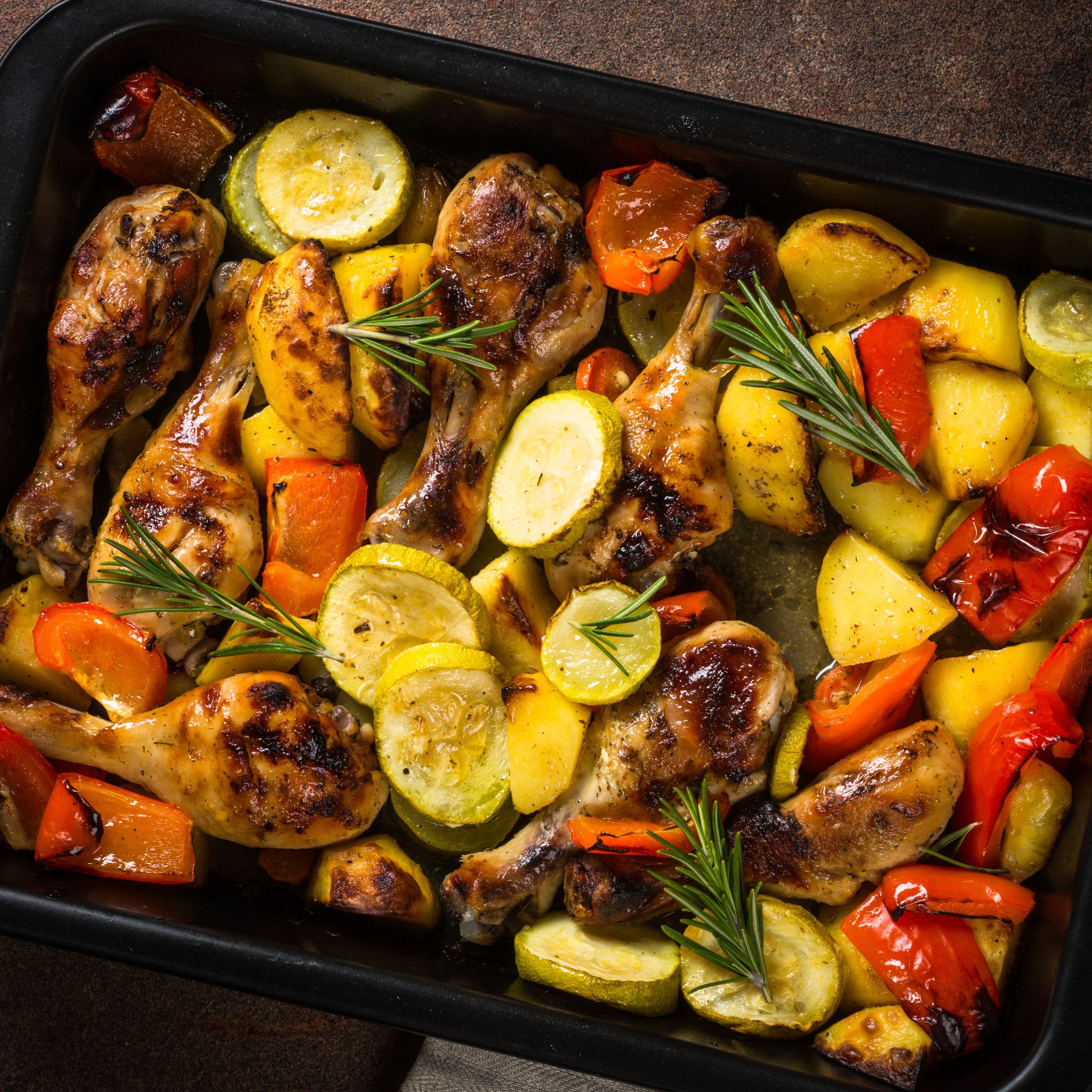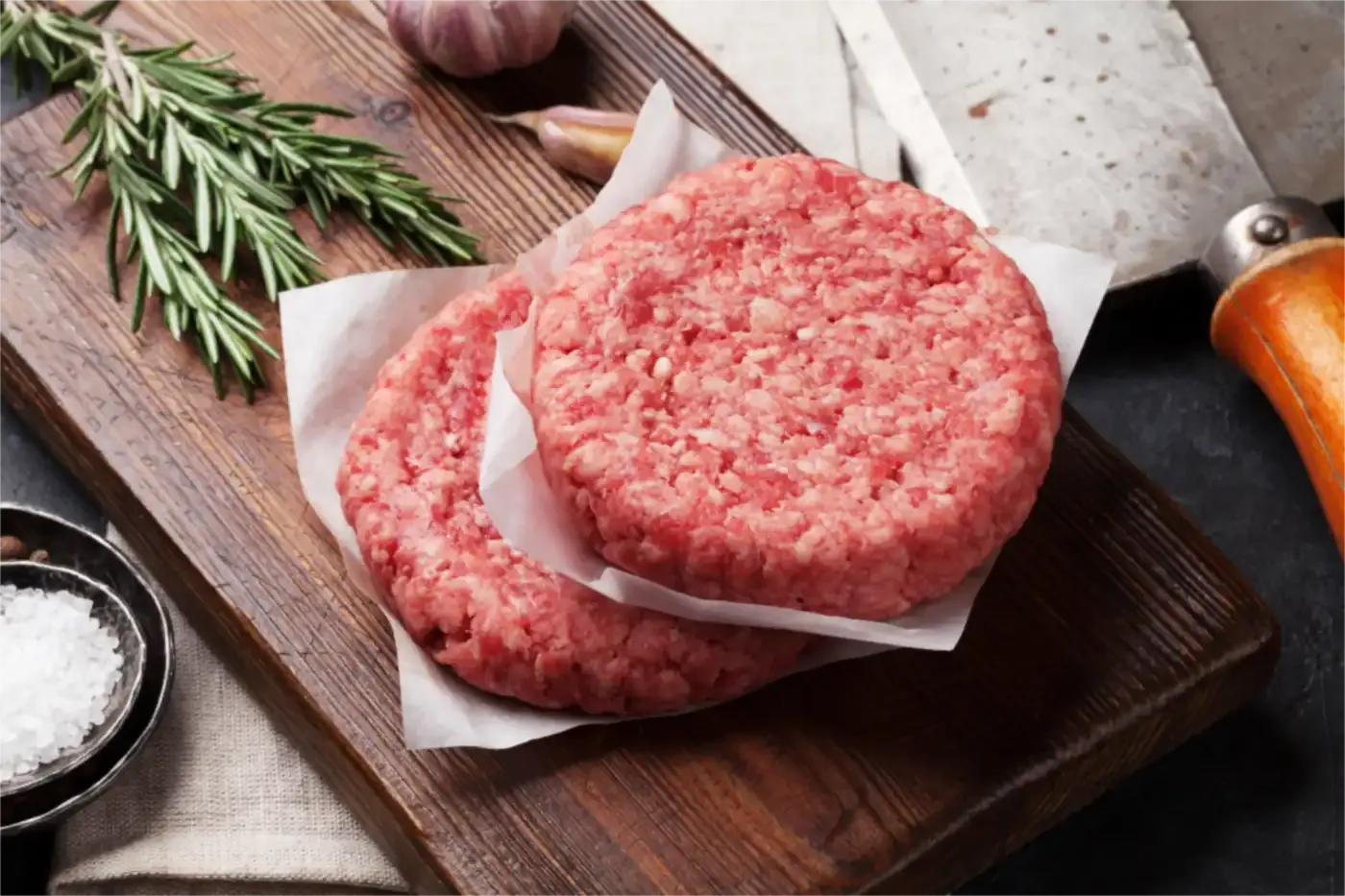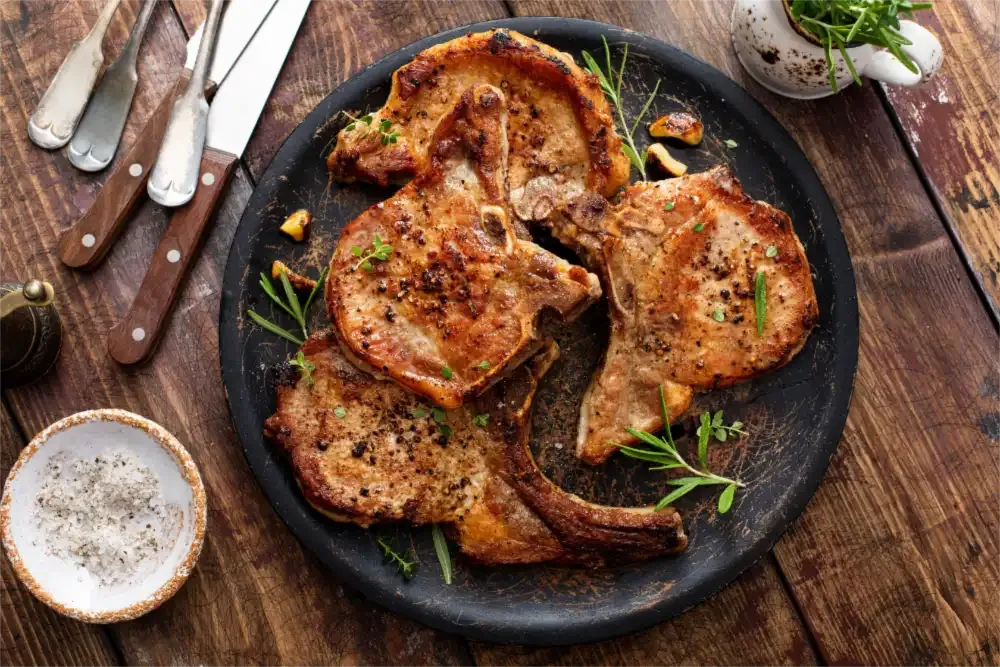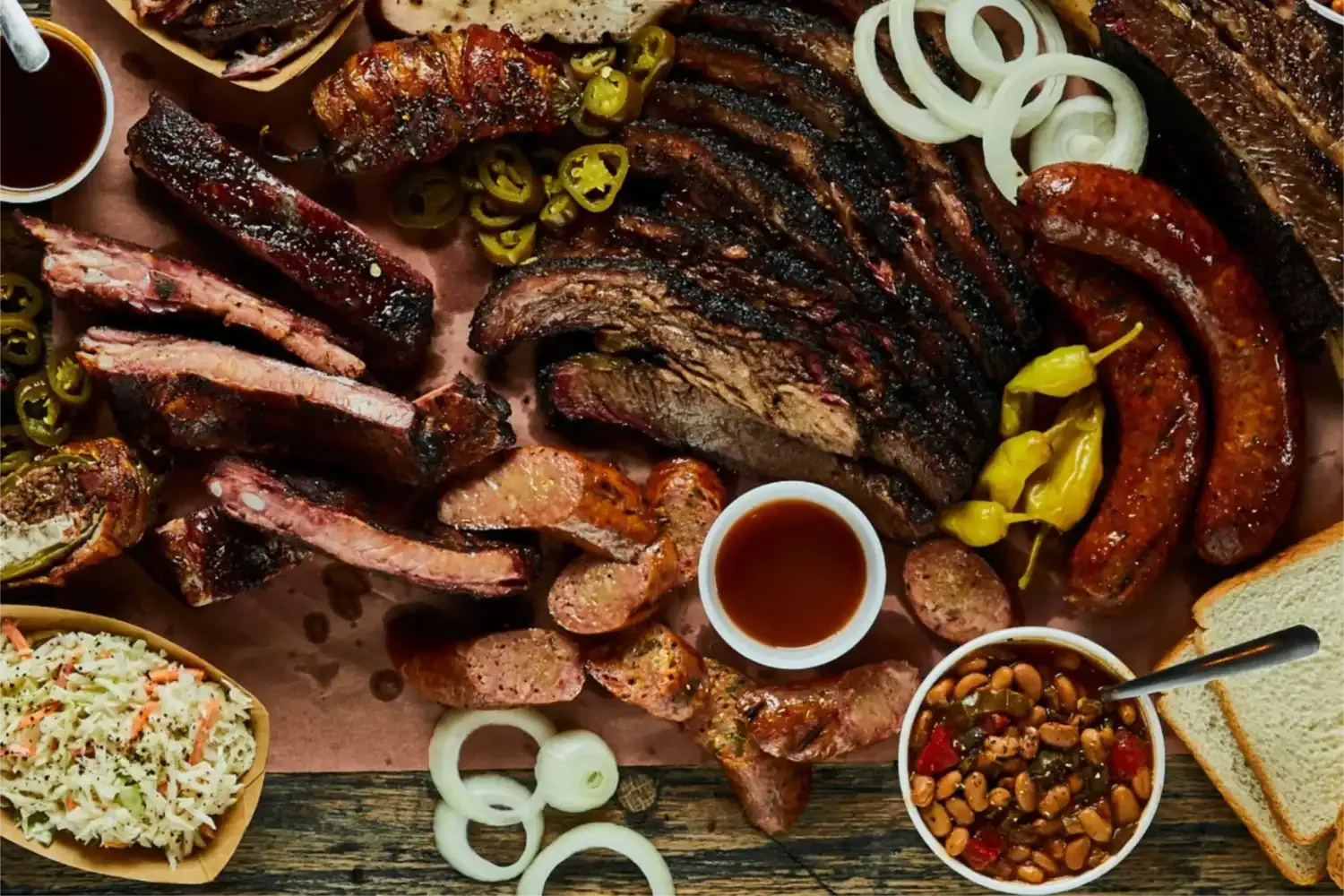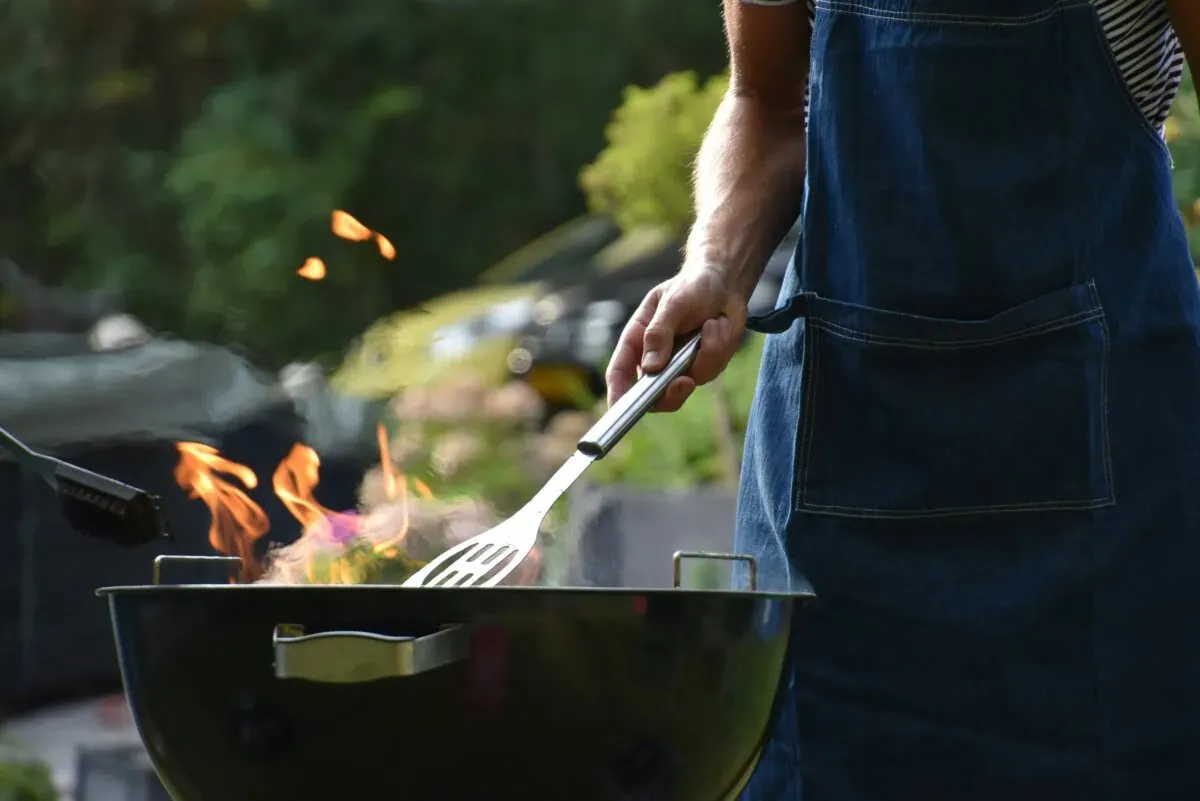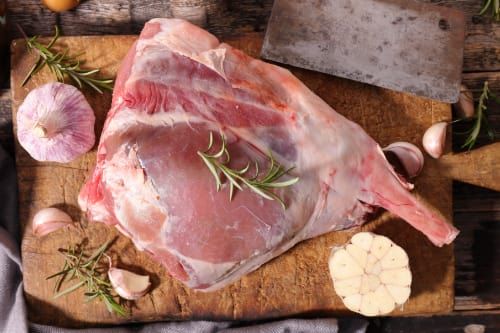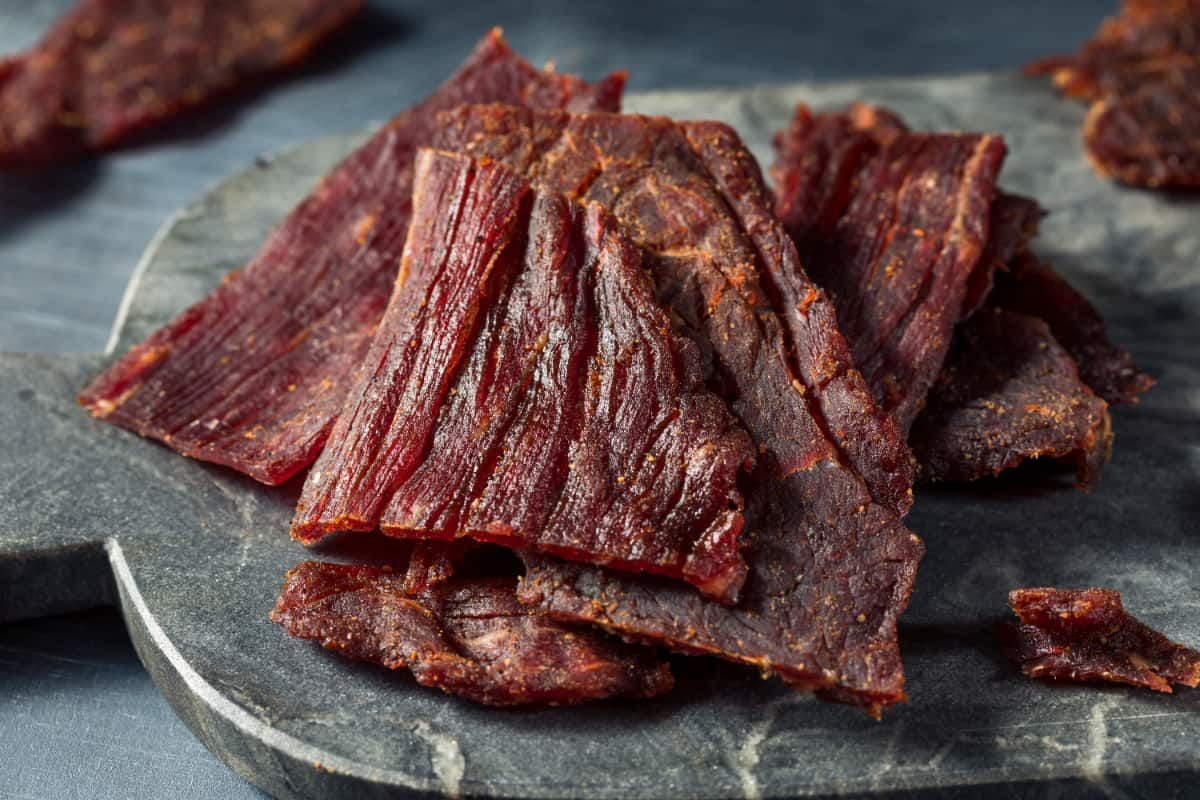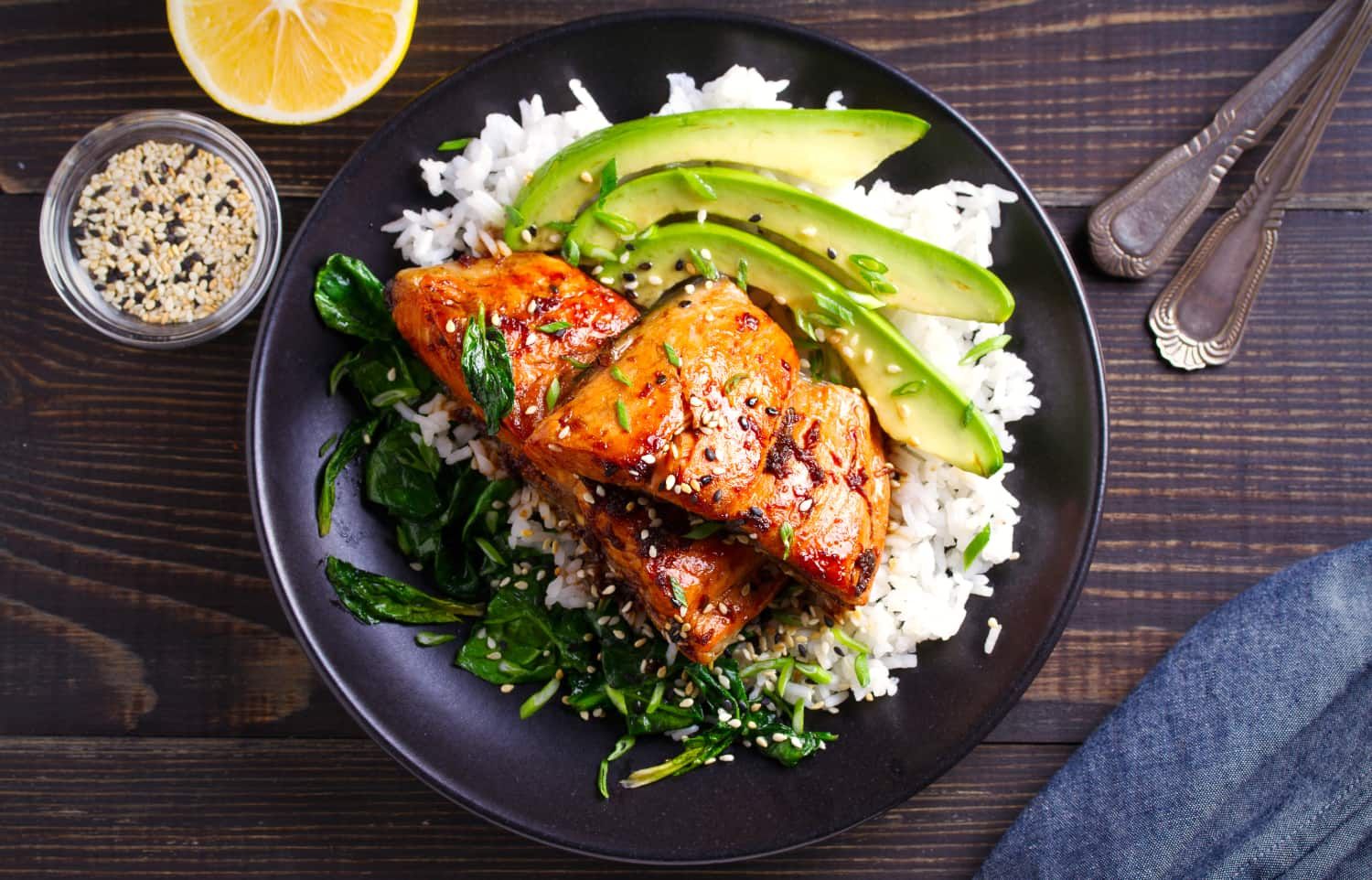Tips & Tricks
Wet vs. Dry Aged Meat: What’s the Difference and Why It Matters
Whether you're grilling steaks or planning a restaurant-worthy dinner at home, understanding the difference between wet and dry-aged meat can take your meals to the next level.
You’ve probably seen them on the menu: dry-aged ribeye or wet-aged flat-iron steak. While these terms may sound fancy, they’re very helpful for the average home gourmand.
Both aging styles improve the flavor of meat by changing the meat’s moisture content and enzymes. Aged meat becomes more tender and develops complex flavors and textures when you cook it.
If you’re wondering which one is better, the answer depends on several factors. Let’s dive into the differences between the two aging styles below and learn which cuts work for each.
The Basics of Meat Aging
Butchers have aged meat for centuries to improve its flavor. The earliest evidence of meat aging comes from the Renaissance period, between the 14th and 17th centuries. Before refrigeration, butchers hung freshly butchered meat in cool, dry cellars until it became tender and flavorful.
Back then, aged meat would spoil quickly because of contamination and unstable temperatures. However, since the invention of refrigeration, vacuum sealers, and meat lockers, you can dry or wet age meat safely.
Basic meat aging involves storing meat in a cool, dry, and airy environment for a long period. For dry aging, this is usually over 60 days, and between 45 and 60 days for wet aging.
Wet and dry aging produce different flavors and textures. Which one you choose depends on the cut of meat and the flavor profiles you’re looking for.
Both processes improve texture and flavor by breaking down the meat’s tough fibers over time. When you age a cut of meat for the right amount of time in a controlled environment, it comes out even more tender and delicious.
If you want to learn more about the basics of meat aging, stop into The Flying Butcher or a local butcher near you. You can learn all about wet and dry-aging, which cuts to age, and the best ways to prepare them.
What is Wet Aging?
Wet aging is when you place cuts of meat in a vacuum-sealed bag and store them between 45 to 60 days in a cool, dry environment or refrigerator. The meat ages in its juices, creating a concentrated meat flavor in the cuts as the enzymes break the fibers down.
Wet aging produces meat that tastes fresh and almost metallic, like freshly cut meat. Lean cuts, such as flat-iron steaks and boneless strip steak, work the best.
The process is simple and cost-effective. Unlike dry aging, wet-aged cuts don’t experience weight loss from evaporation. These cuts are usually moist and juicy, which many steak lovers prefer.
Wet-aged meat is deliciously tender when seared or grilled. Because wet-aging takes less time, wet-aged cuts are usually more affordable than dry-aged cuts.
Best cuts for wet-aging:
- Filet Mignon
- Flat Iron Steak
- Boneless Strip Steak
- Flank Steak
- T-Bone
- Sirloin
What is Dry Aging?
Dry aging is an older style of meat aging. It produces meat with stronger, more concentrated flavors. Some call dry-aged steak flavors nutty, earthy, or even funky. If you love foods like prosciutto and blue cheese, or aged red wine, you’ll love dry-aged meat.
Dry-aging involves exposing thicker cuts of meat to cold, dry air in a controlled environment. Ideally, the meat ages for over 60 days in a refrigerator, meat fridge, or a meat locker.
The meat’s moisture evaporates over time, concentrating the flavors. The fibers and enzymes break down, creating tender, highly aromatic, and robust cuts.
Searing your dry-aged steak produces beautiful browning and intense color. This is why high-end cuts are usually dry-aged. Dry-aged cuts are usually more expensive than wet-aged cuts due to the time and care it takes to get them right.
Best cuts for dry-aging:
- Ribeye
- Coulotte
- Pork Shoulder
- Rump
- Rump Eye
- Porterhouse Steaks
Why Time and Patience Matter
When aging meat, time is your best friend. If you rush the process, you’ll lose the tenderness and flavor that only time can produce.
After an animal is butchered, muscle fibers tighten and shorten. Aging allows enzymes to naturally break down these tough fibers. The result is meat that’s rich, tender, and full of deep flavor.
If you cut or cook your meat too soon, you’ll have tougher, less flavorful results. Unless you’re grinding meat for sausages or making jerky, a little patience pays off in every bite.
At The Flying Butcher, we age our meat to perfection. From our delicious prime cuts to your personalized favorites, our meat experts will get you perfectly aged meat anytime you need it.
The Sweet Spot for Aging Meat
Both wet and dry aging have their preferred aging windows. These are the “sweet spots” for the best balance of tenderness and flavor.
- Wet aging: Peaks between 45–60 days
- Dry aging: Best beyond 60 days for deeper complexity
If you’re experimenting at home, try aging cuts in your fridge or meat locker to test flavor over time. Or, visit your local butcher for expert recommendations.
Butchers like The Flying Butcher can guide you through aging times and best cuts for your goals.
Final Thoughts on Wet vs. Dry Aged Meat
No matter which style of aging you choose, you’ll enjoy better-tasting meat when you age it. For high-end cuts and more earthy flavors, try dry-aging. For juicy and meaty cuts, wet-aging is the way to go.
Some meat lovers experiment with both. The choice is up to you, but one thing is certain—aged meat delivers a flavor experience that fresh cuts just can’t match.

